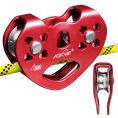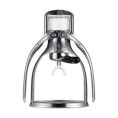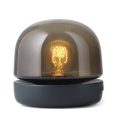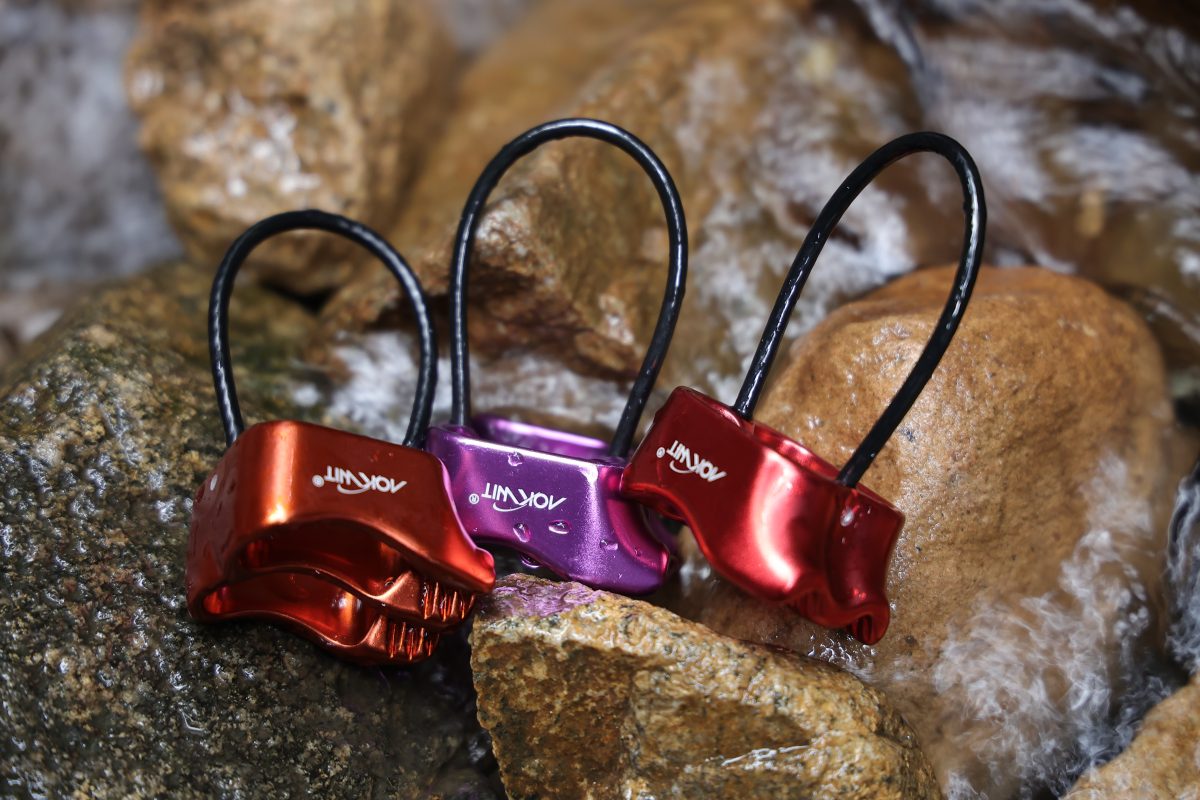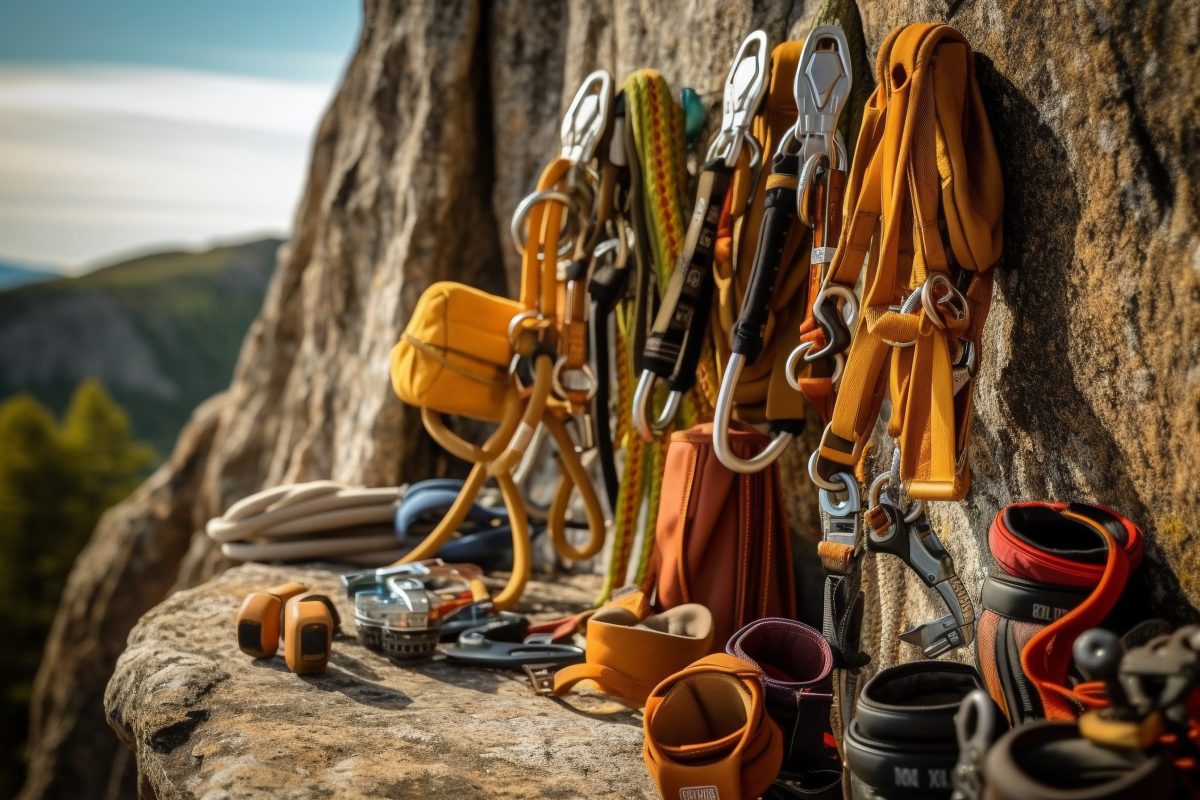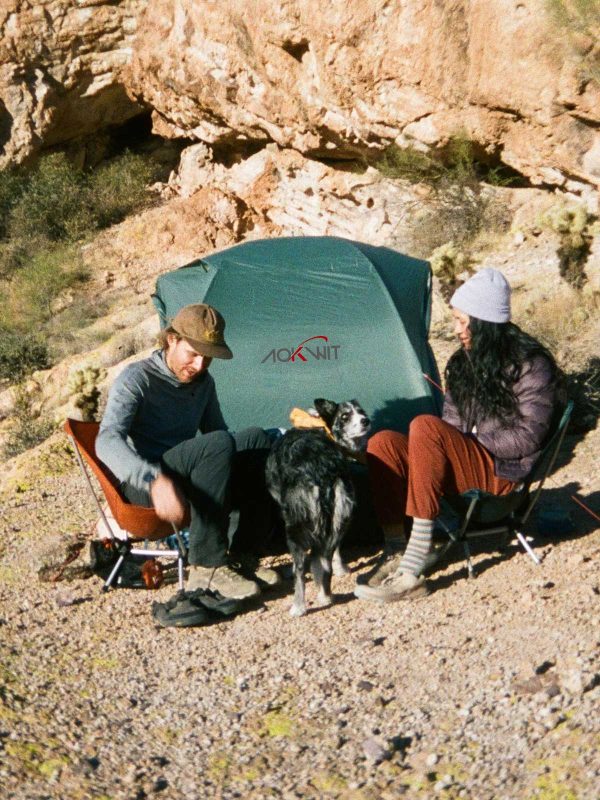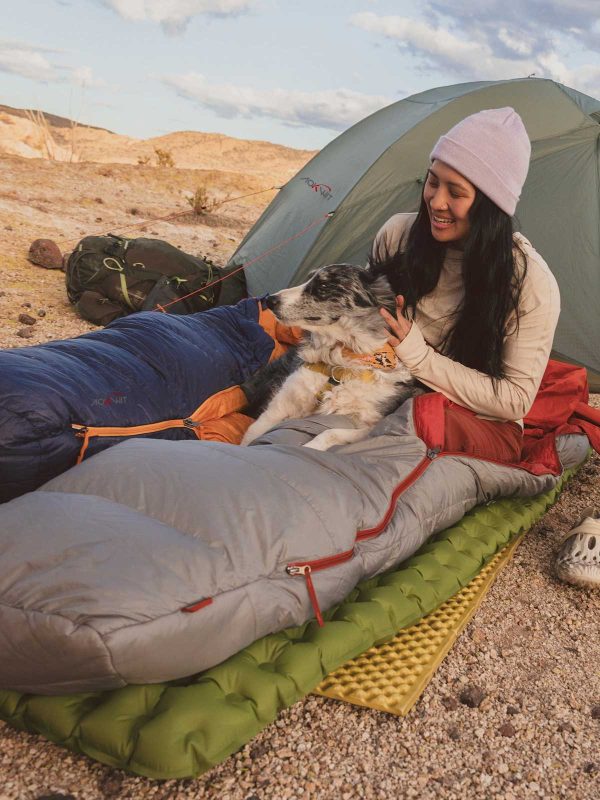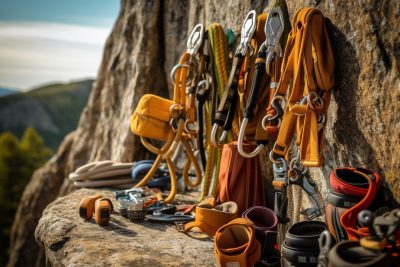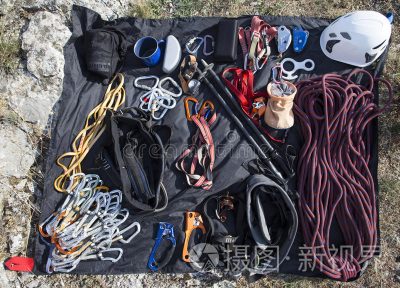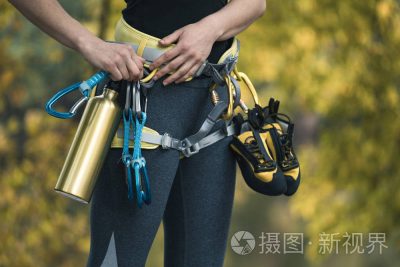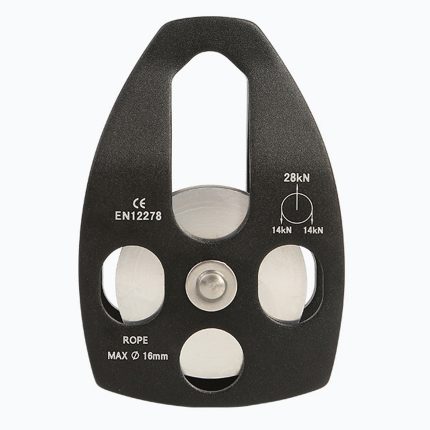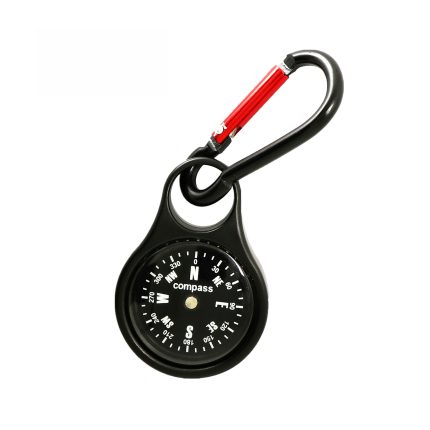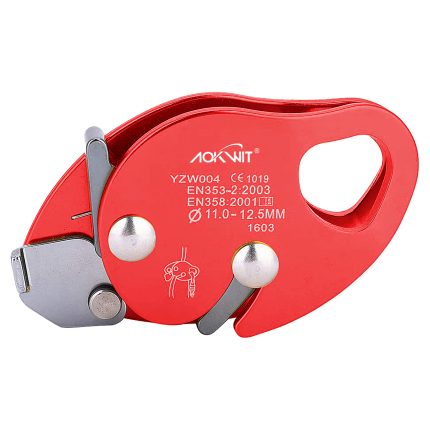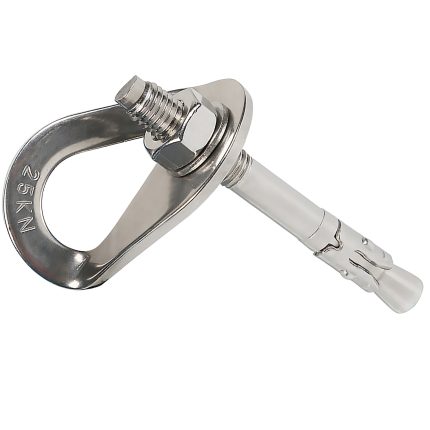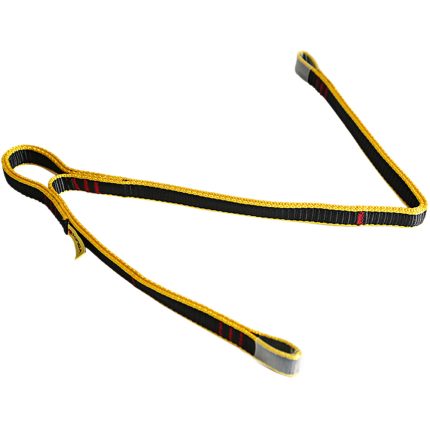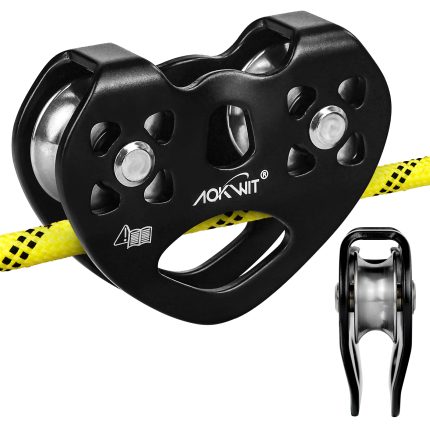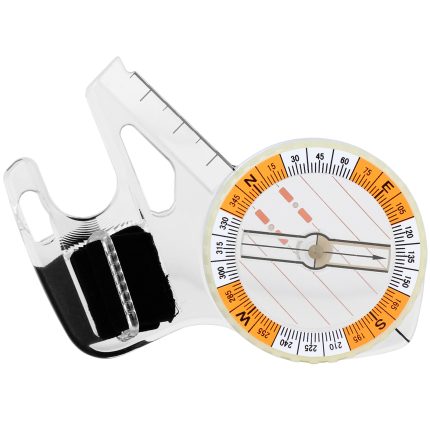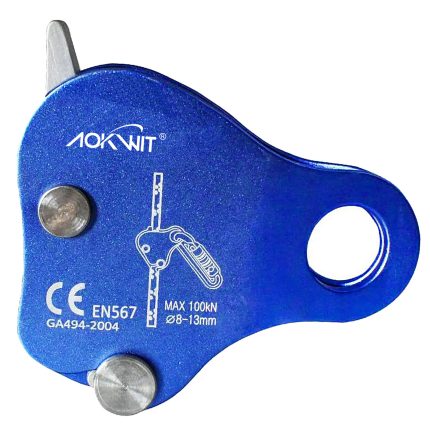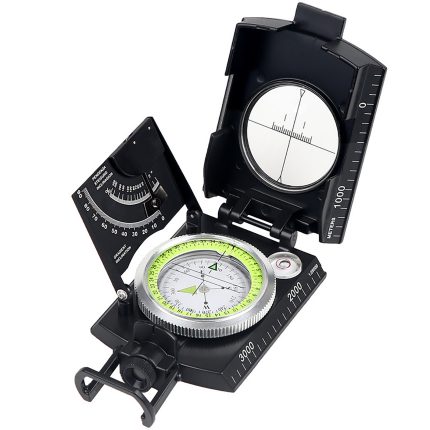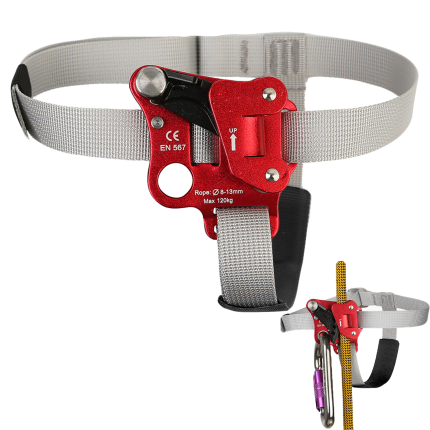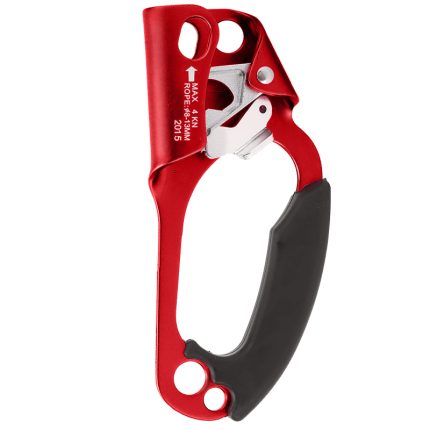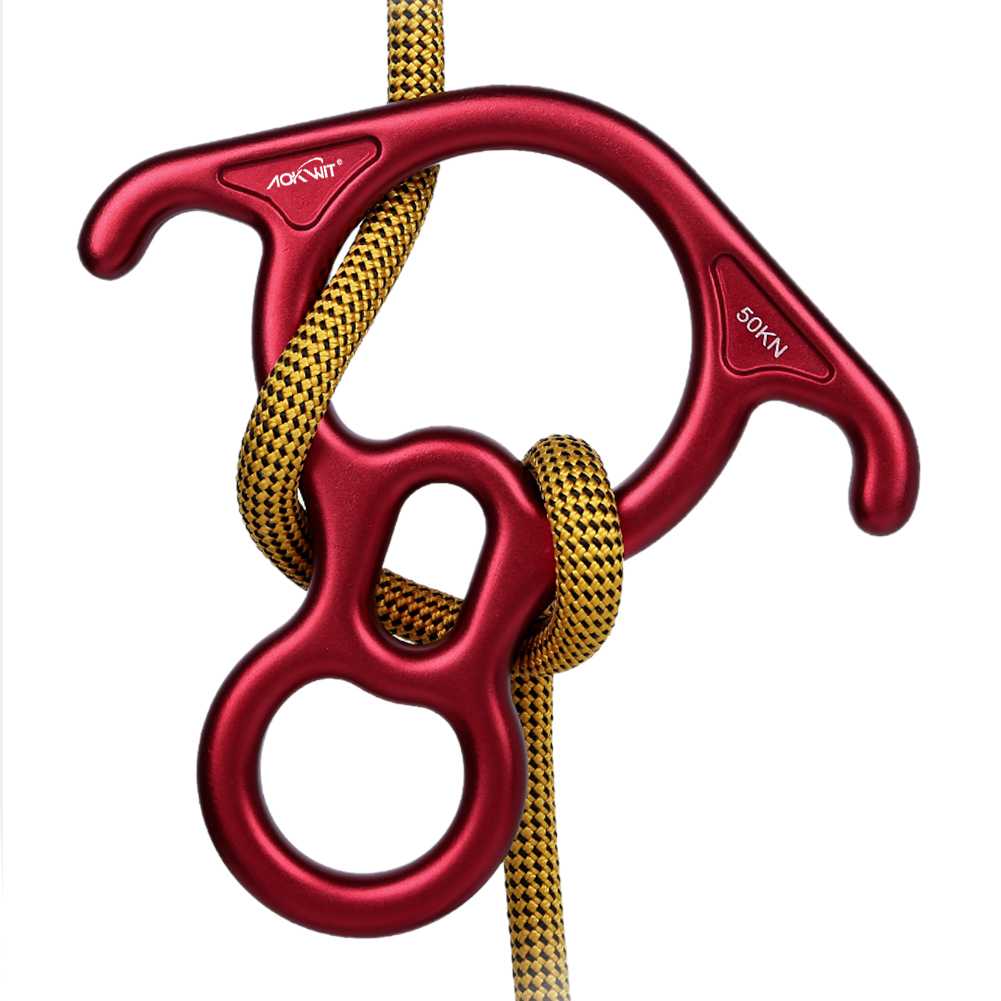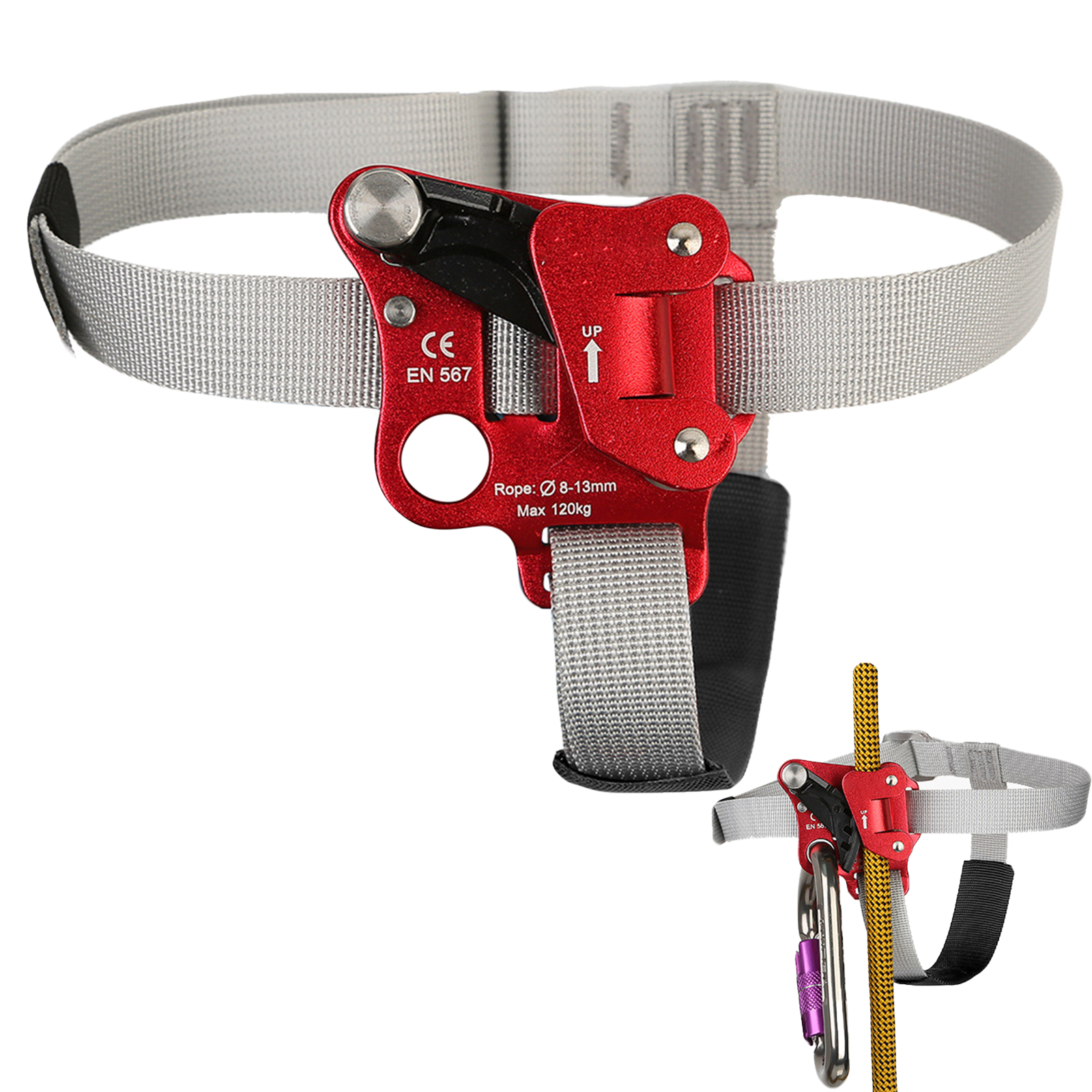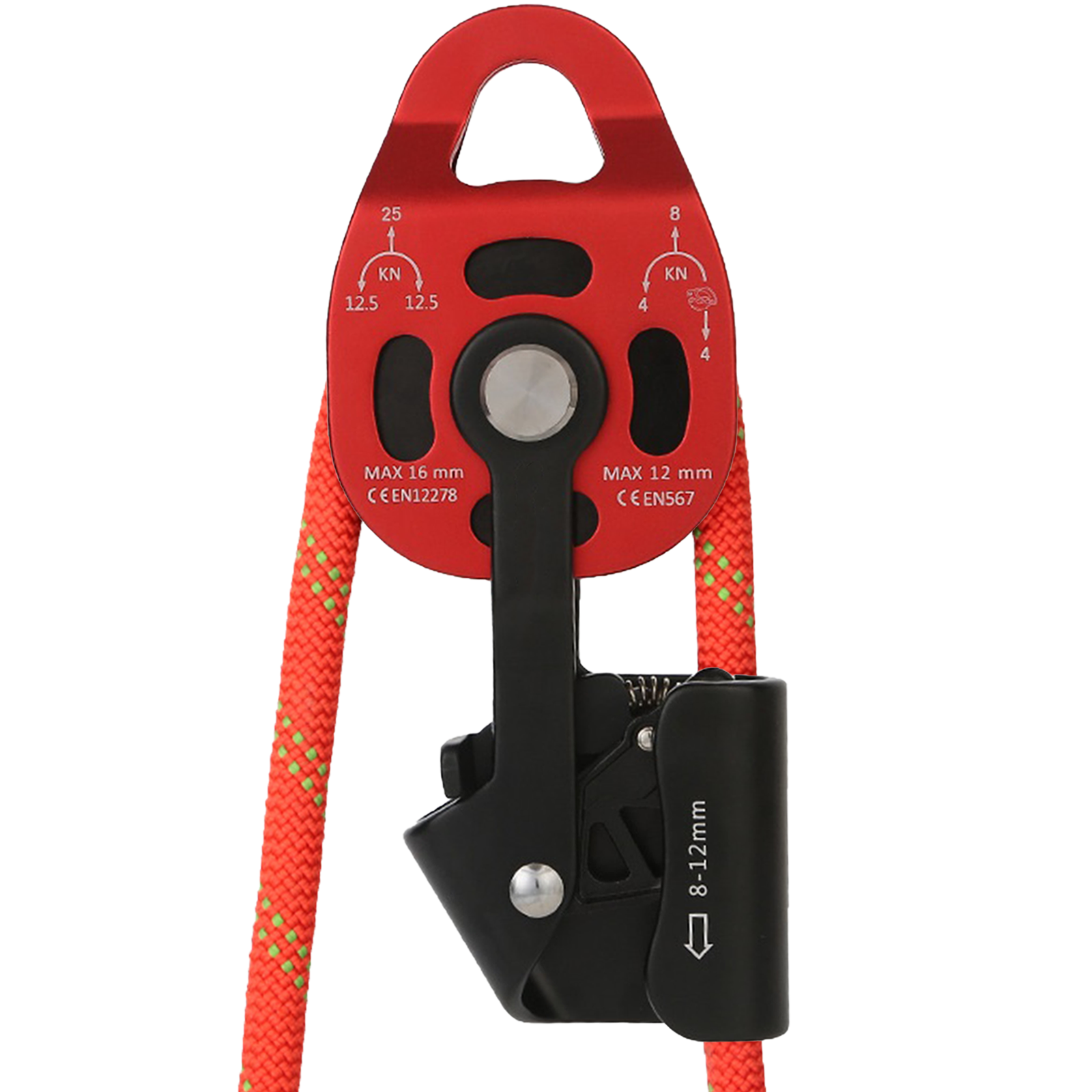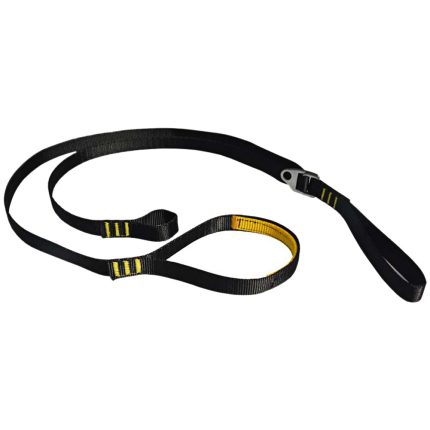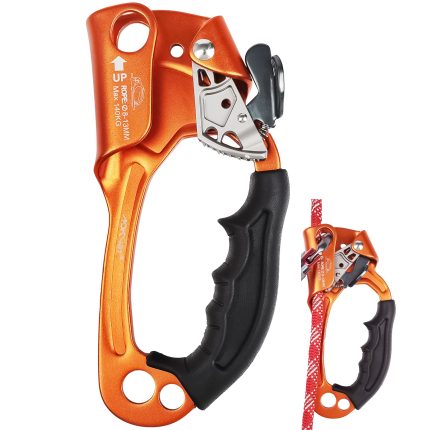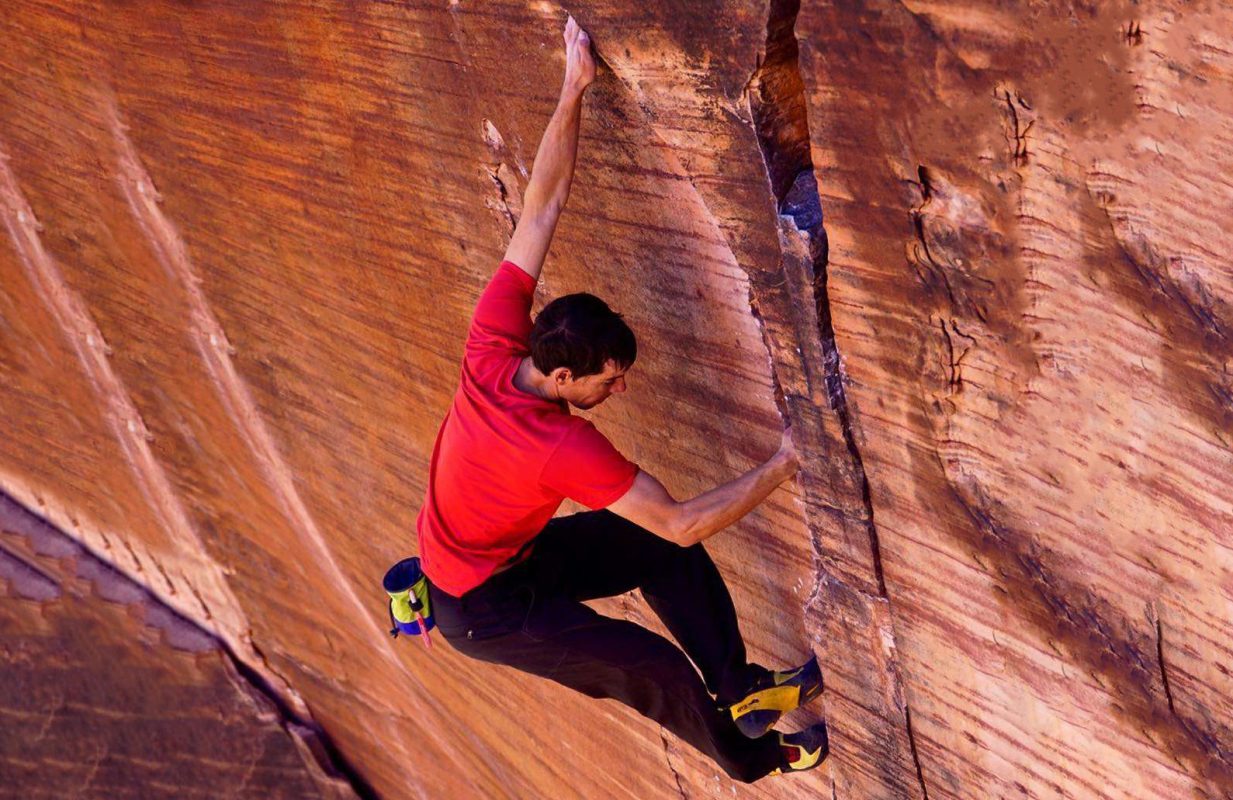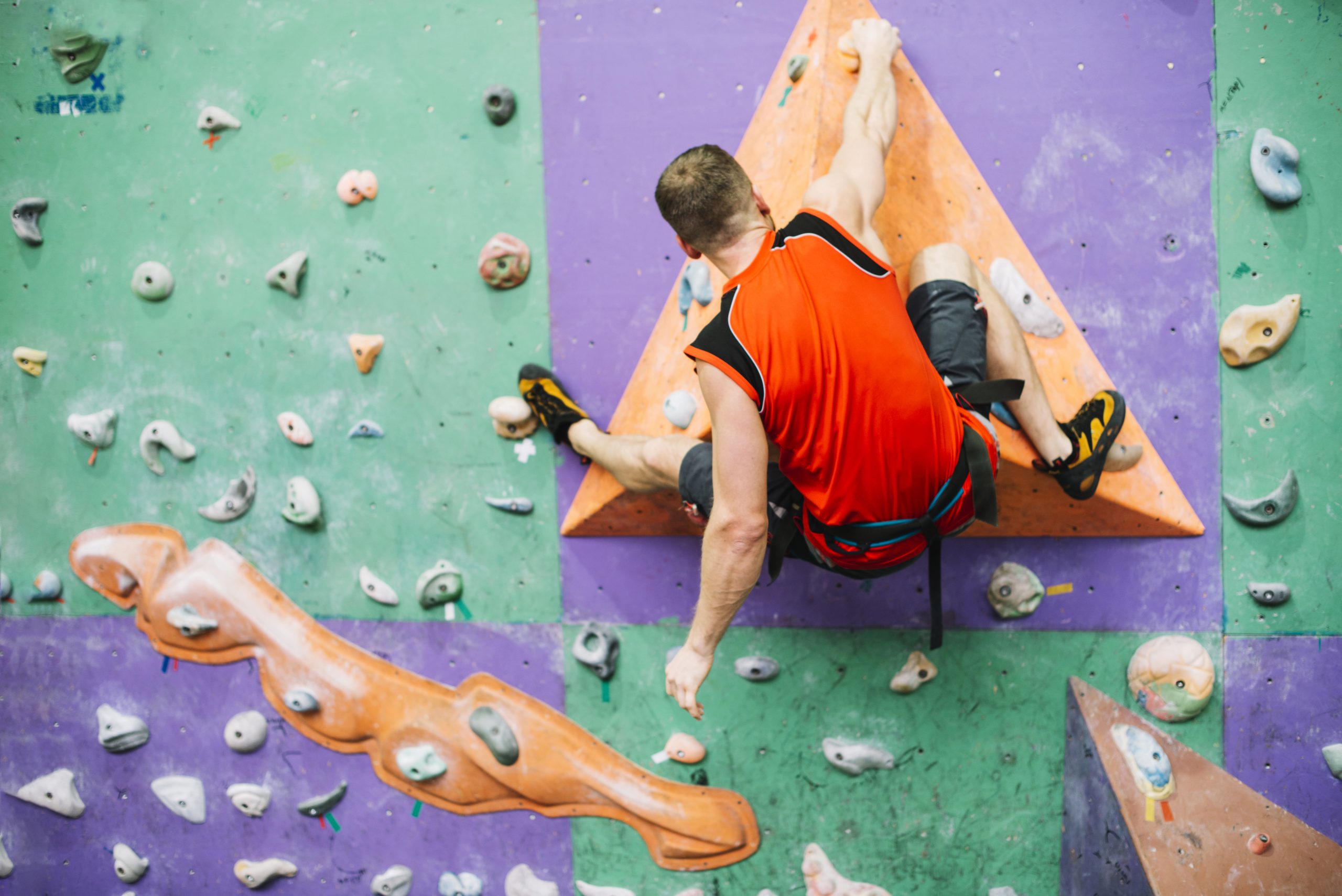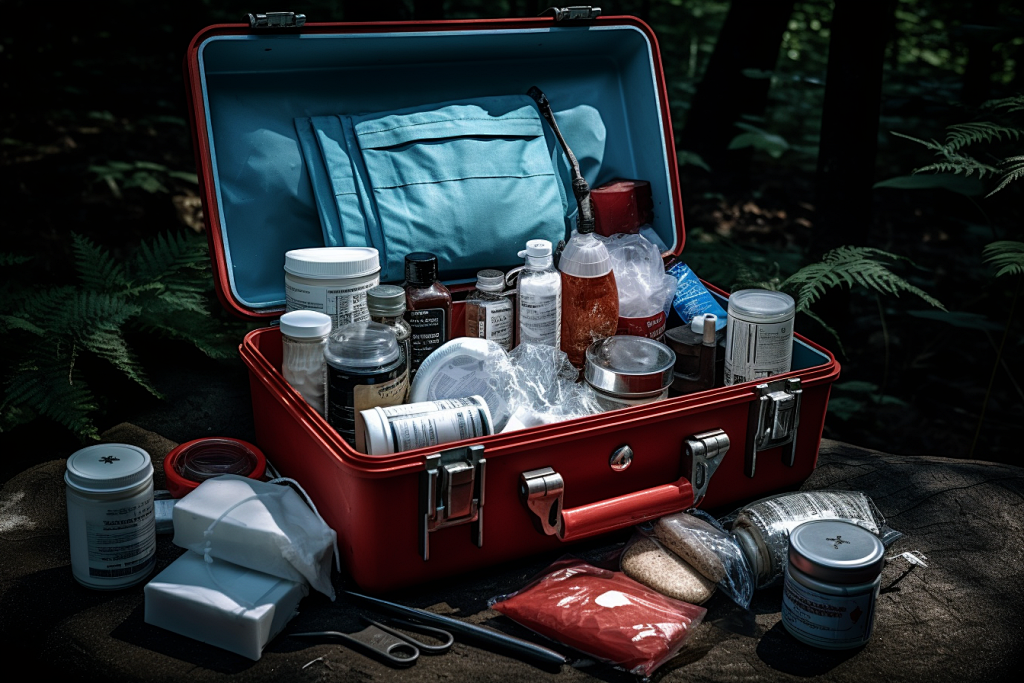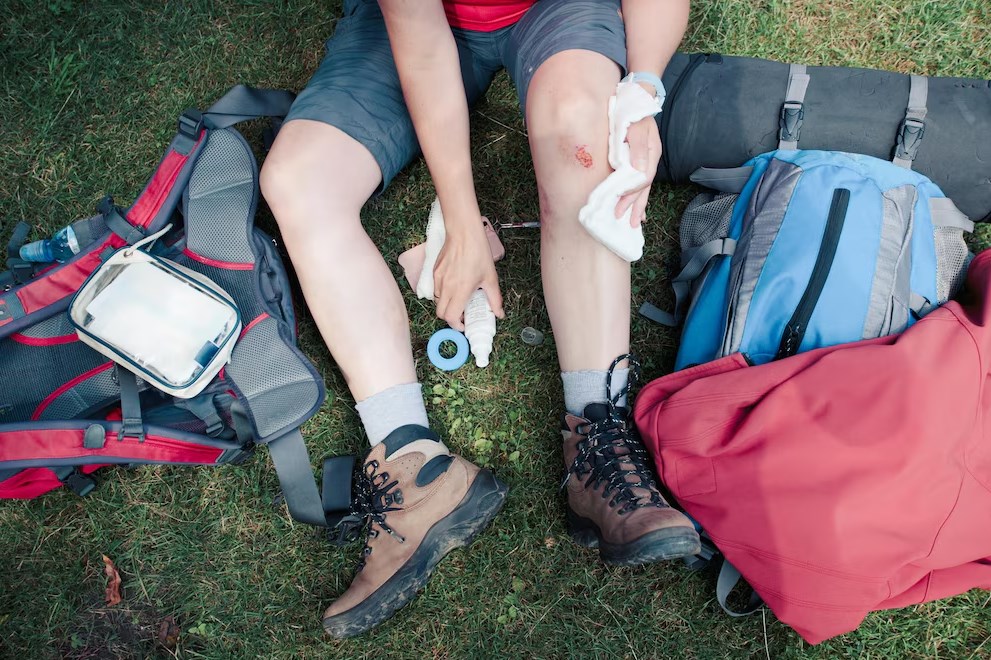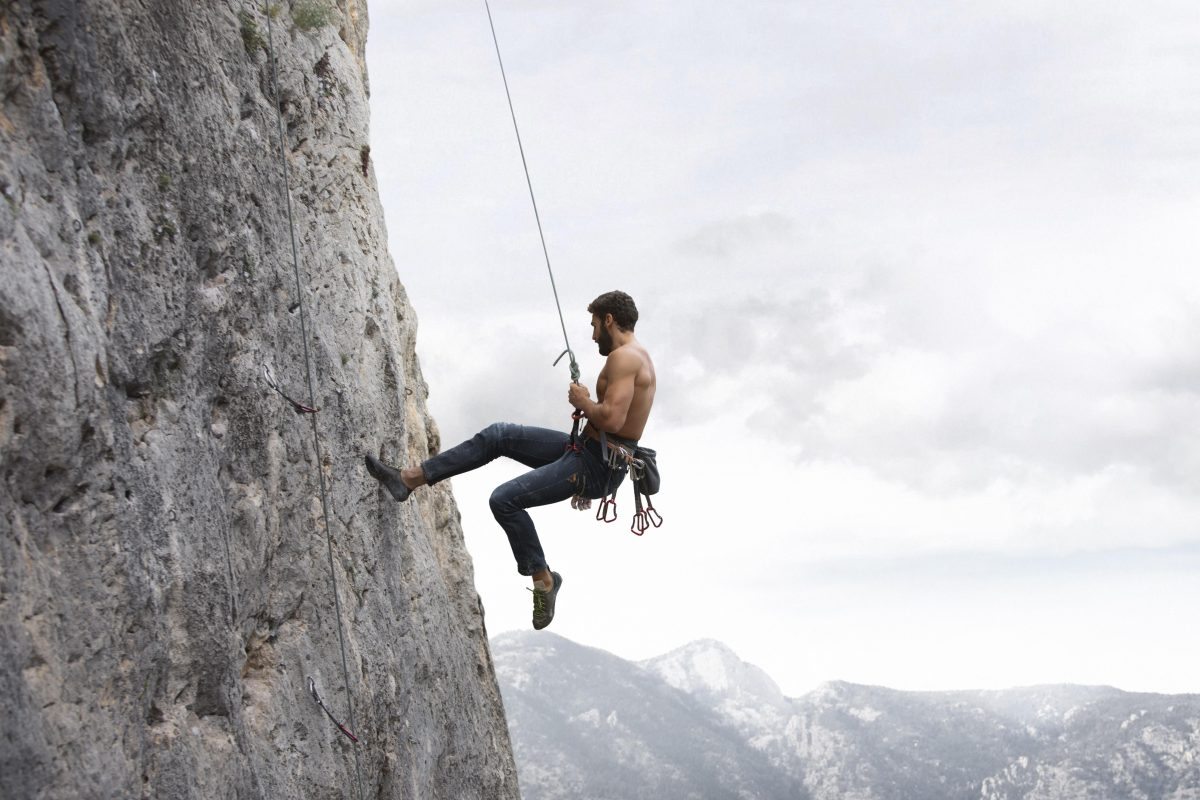14 Techniques for Practicing Dynamic Climbing (Dyno)
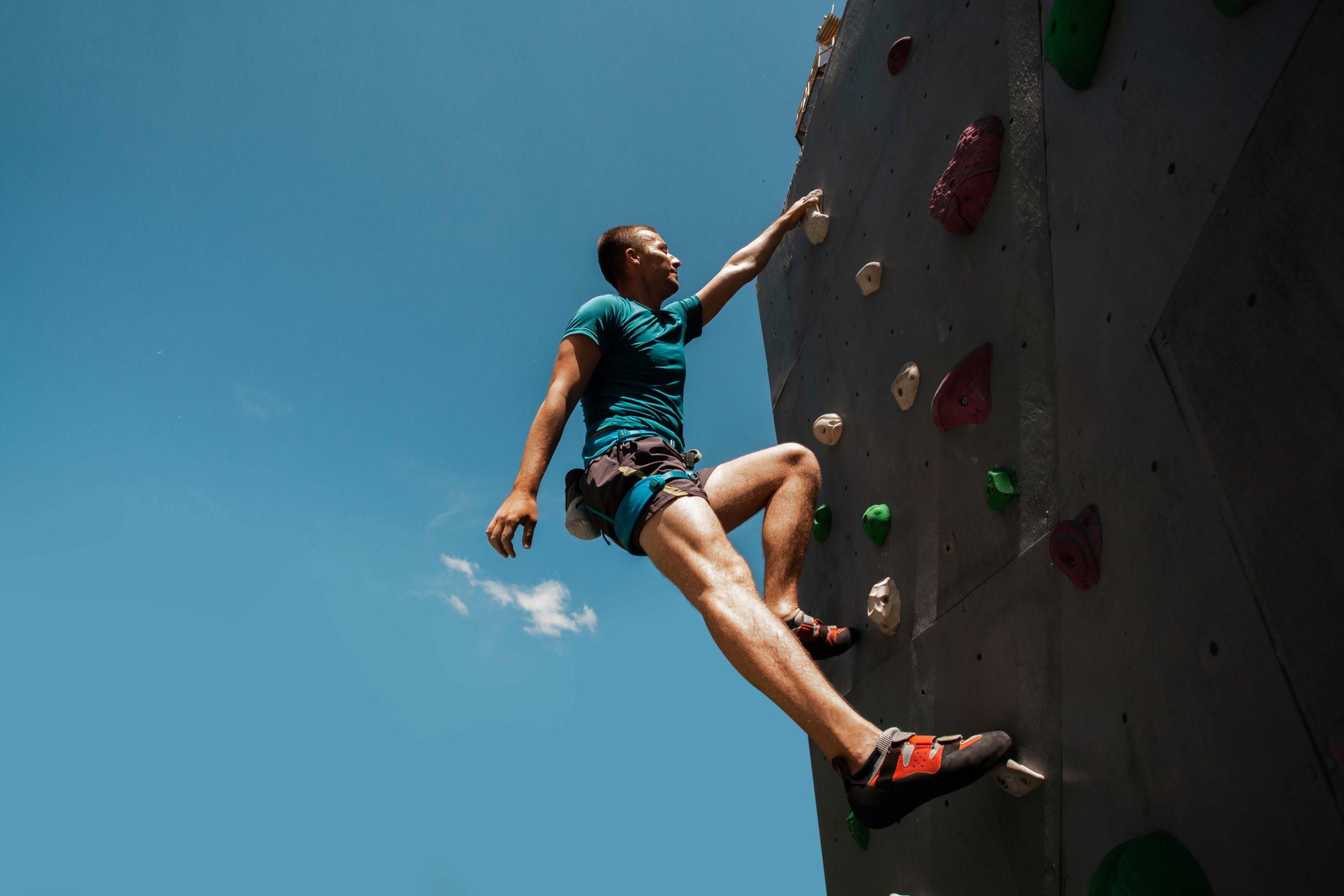
When handholds are exceptionally far apart, many climbers lament their height. But so what? How do you overcome this? How can you leap to grasp higher holds?
While factors like hold types, angles, and heights make each Dyno unique, all dynamic moves share one commonality: you must commit fully. Success depends on physical conditioning and technique, but above all, determination. Below are 14 training techniques for dynamic climbing, applicable to climbers of all heights—from 166cm to 193cm.
- Delay Hand Release as Late as Possible!
A common mistake among beginners is releasing their hands too early during a Dyno, which wastes momentum. Early release extends the time your body spends airborne. To correct this, focus on “upward propulsion”: stretch your body upward as much as possible, releasing only at the peak of your jump.
2. Practice Wall/Point Taps!
When a Dyno feels impossible, start by jumping to tap the highest reachable spot on the wall. Gradually set higher targets until you can tap the actual hold. Repeat until you successfully grab it.
3. Train the Full Movement!
Many climbers only engage muscles used in the initial phase of a Dyno, neglecting those critical for catching the hold. To synchronize muscle coordination, practice grabbing the target hold even if you can only maintain contact for a split second. Use a rope or spotter if needed to simulate the motion.
4. Push with Your Feet!
Most power in a Dyno comes from your legs. Load as much weight as possible onto your driving foot (the foothold you’ll push off from). Softer shoes enhance foot muscle engagement. Remember: leg muscles must work in harmony.
5. Harness the “Spring” Motion!
Generate explosive power by preloading your legs with a vertical dip-and-extend motion, mimicking a spring. This compression-release action propels you toward the target. If space is limited, use body swing momentum instead.
6. Maintain Tension During Power Generation!
A common error is expending too much energy early in the Dyno, causing detachment from holds. Sustained tension—rather than a single burst—helps maintain control and momentum.
7. Maximize Use of Lower Handholds!
Before releasing lower handholds, exploit their grip potential. On smaller holds, grip harder and longer to maximize upward force.
8. Dyno Inward!
Leaning outward often prevents proper wall proximity. To counter this, start with straight arms leaning away from the wall, then drive inward and upward during the jump.
9. Movement Arc: Upward or Downward Curve?
For diagonal Dynos, experiment with upward or downward arcs based on hold positions. Sometimes a straight trajectory works best.
10. Mark Target Holds!
Use white chalk to clearly mark target holds. Avoid vague dusting; create visible indicators (e.g., arrows) if holds are hidden. This enhances spatial awareness during the Dyno.
11. Power Breathing!
Deep, forceful breaths temporarily boost energy, likely due to adrenaline release. Take 4-5 deliberate breaths before attempting the Dyno.
12. Timing and the “Dead-Point”!
The dead-point—the apex of your jump where your body is momentarily weightless—is critical. Catch the hold at this instant while keeping one foot on the wall. This stabilizes balance, especially during lateral or side-pull Dynos.
13. Grip Timing and Positioning!
Extend finger contact time on the hold to engage muscles fully. Curl fingers upward, then downward, within a second. Pro tip: tilt your head back to gain a fractional grip extension.
14. Practice Makes Perfect!
Improvement hinges on repetition. Your body must internalize the movement through muscle memory. Don’t overthink—drill techniques progressively until they become instinctive.
